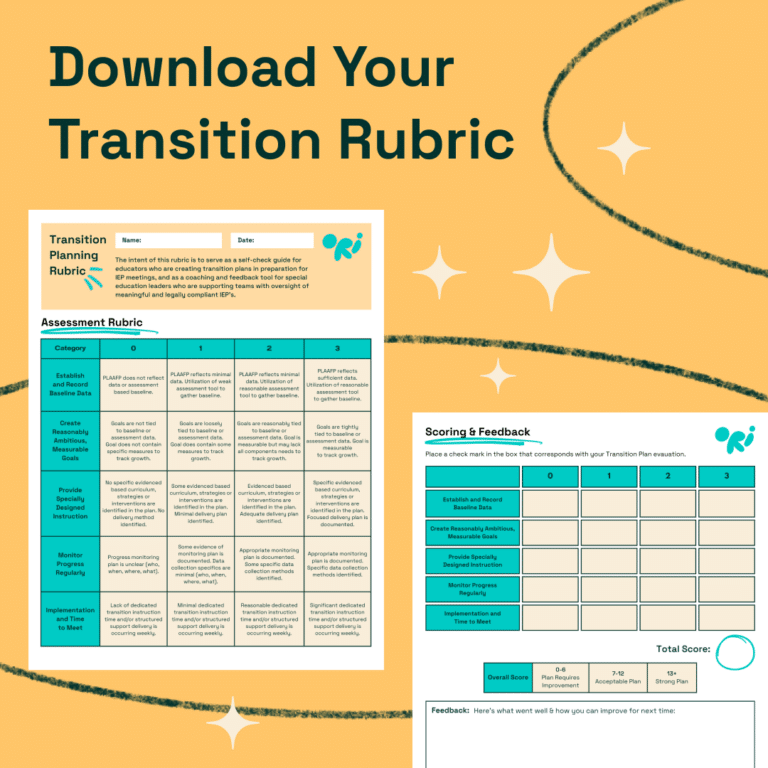

School avoidance, characterized by a student’s reluctance or refusal to attend school, can significantly impede educational progress and emotional well-being. This comprehensive guide is designed to assist educators in formulating effective Individualized Education Program (IEP) goals that tackle the root causes of school avoidance, supporting students in their journey to re-engage with the school environment.
School avoidance, also known as school refusal, is often triggered by anxiety, stress, interpersonal conflicts, or other underlying emotional issues. Addressing this through specific IEP goals is vital as it helps identify and mitigate the factors contributing to a student’s distress, enabling them to resume their education in a supportive setting.
IEP goals aimed at combating school avoidance focus on enhancing the student’s coping mechanisms, fostering positive relationships, and building communication skills. These goals are tailored to meet the unique needs of each student, ensuring they receive the necessary support to overcome their challenges.
Adherence to the Individuals with Disabilities Education Act (IDEA) is essential when setting IEP goals, ensuring they cater to the student’s comprehensive educational needs while focusing on overcoming school avoidance.
Our Transition Planning Rubric is designed to support district leaders and educators in guiding their teams towards excellence in transition planning.
It provides comprehensive criteria that cover the breadth of transition planning, from gauging student engagement to evaluating post-secondary goals and services.
Expand your team’s capabilities and improve the success of IEP meetings.

Crafting well-defined IEP goals for school avoidance is crucial for providing students with the support they need to overcome their challenges and thrive in an educational setting. By incorporating specific, measurable, and attainable objectives, educators can effectively address the complexities of school avoidance and help students re-engage with their learning and social environments. For further assistance, educators are encouraged to collaborate with mental health professionals and special education experts.
Prepare your students for lifelong success with Ori’s Transition Curriculum.